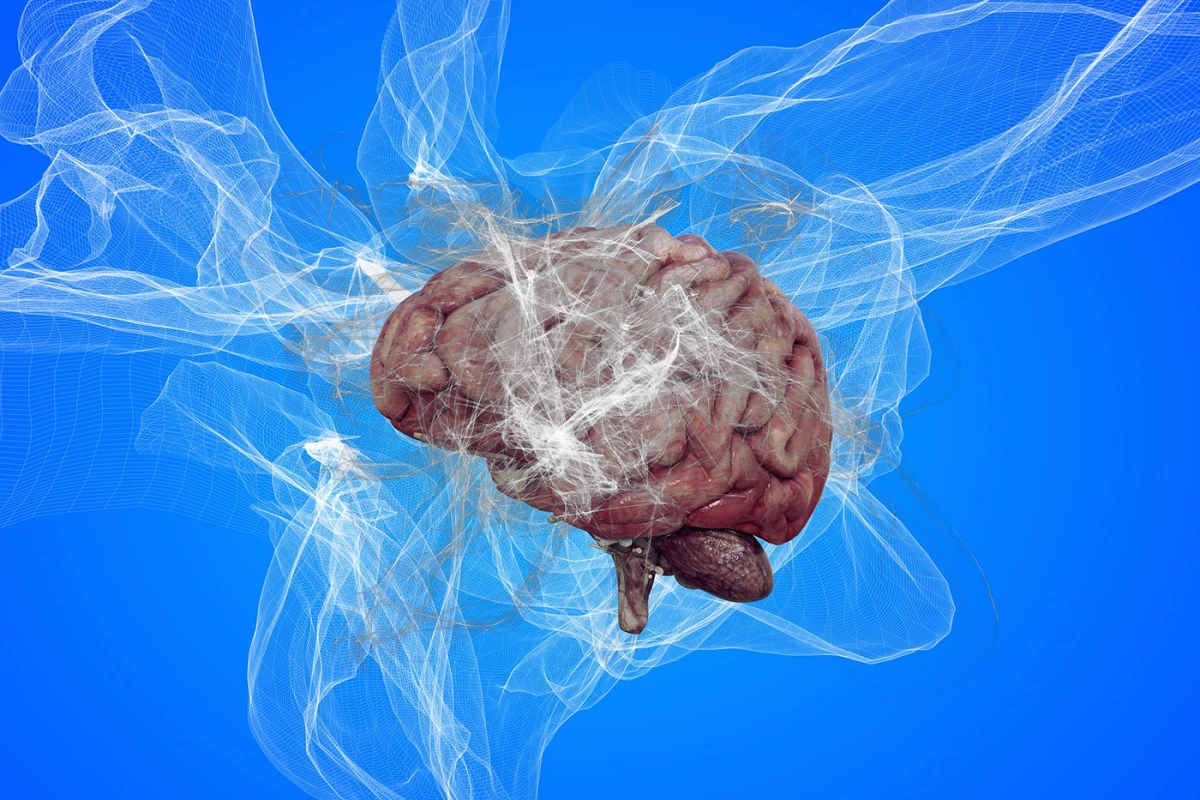Researchers at the University of Pittsburgh have devised a biomarker test that can spot small amounts of clumping tau protein in the brain and cerebrospinal fluid, which lead to Alzheimer's disease.
Catching these clumps early while still in minute quantities can enable effective intervention. This test can help detect the tangled proteins years in advance of them appearing prominently in brain scans – as much as up to a decade.
That's heartening because Alzheimer's disease not only has devastating impact on patients' lives long term, but is also currently incurable. It begins to show up as forgetfulness, and progresses to confusion and disorientation, delusions, hallucinations, and trouble sleeping. As the condition worsens, patients may experience difficulty eating, moving around, incontinence, loss of speech, and significant memory loss.
“Early detection is key to more successful therapies for Alzheimer’s disease since trials show that patients with little-to-no quantifiable insoluble tau tangles are more likely to benefit from new treatments than those with a significant degree of tau brain deposits," explained Thomas Karikari, senior author of the paper published in Nature this week.
Here's a quick bit of context on what's happening in and around the brain. Humans have some 86 billion nerve cells, and they're connected by what are called synapses. These synapses are supported by 'rail tracks' that enable the flow of essential nutrients and information, and they're called microtubules.
Tau proteins (abbreviated from tubulin associated unit) stabilize these microtubules, and help keep the brain healthy. These proteins can malfunction, clump together and create tangles – preventing the microtubules from functioning properly.
As more tangles form, they spread through the brain in a predictable pattern, starting in regions involved in memory and gradually affecting areas responsible for other cognitive functions. That's one of several changes in the brain that causes Alzheimer's disease.
Here's where this new biomarker test comes in. The researchers have found an important section of the tau protein that causes it to form harmful tangles in the brain. This section is made up of 111 building blocks (amino acids). Within this section, they discovered two specific spots that, when modified, can tell doctors if tau proteins are starting to clump together. This is important because if doctors can detect these changes early enough, they might be able to treat the problem before it gets worse.
The two specific spots they found (called p-tau-262 and p-tau-356) work like early warning signals, letting doctors know that tau proteins are beginning to malfunction. This could help identify Alzheimer's disease sooner, when treatments might be more effective.
This test joins a bunch of notable Alzheimer's-related breakthroughs we've learned about over the last year or so. For starters, five subtypes of the disease were identified, opening the doors to more targeted treatment. We also saw, for the first time, a high-resolution timeline of images of the condition's progress at the cellular level that helped better understand this condition.
Plus, researchers found that limiting a particular enzyme can protect against the effects of the disease. Another team invented a molecule that can boost electrical oscillations in the brain, improving memory and cognition in mice that were modified to have Alzheimer's.
The next few years should reveal several new avenues to treat the disease more effectively – and that could go a long way towards improving the lives of 78 million people estimated to develop various dementias, including Alzheimer's, worldwide by 2030.
Source: University of Pittsburgh





